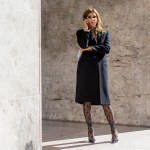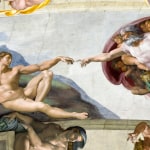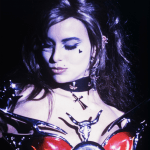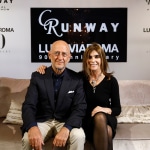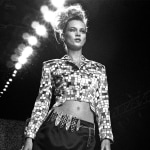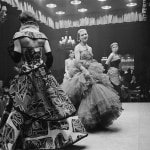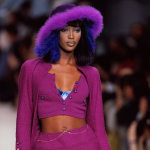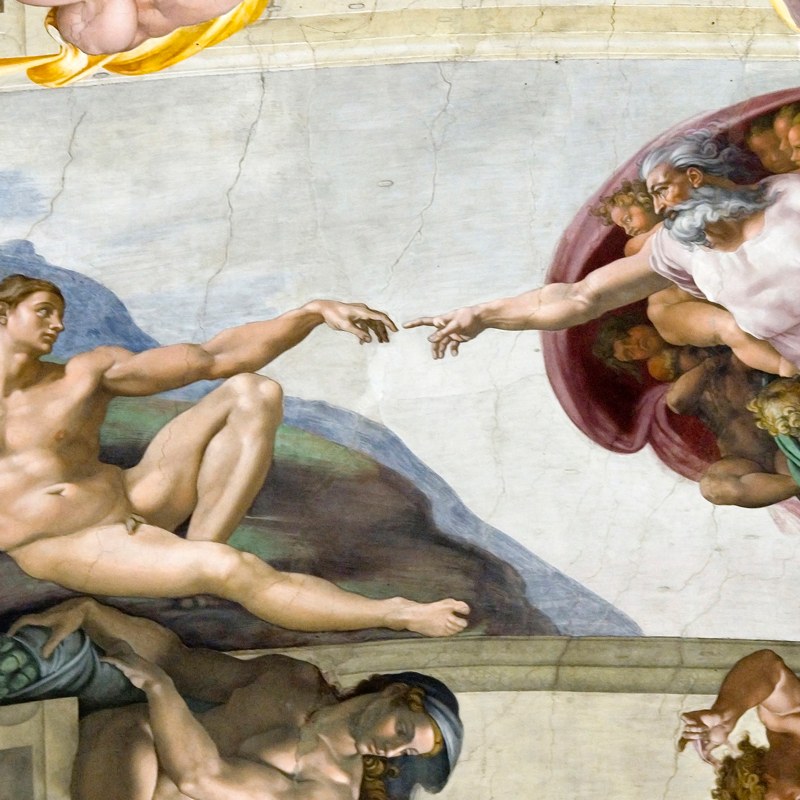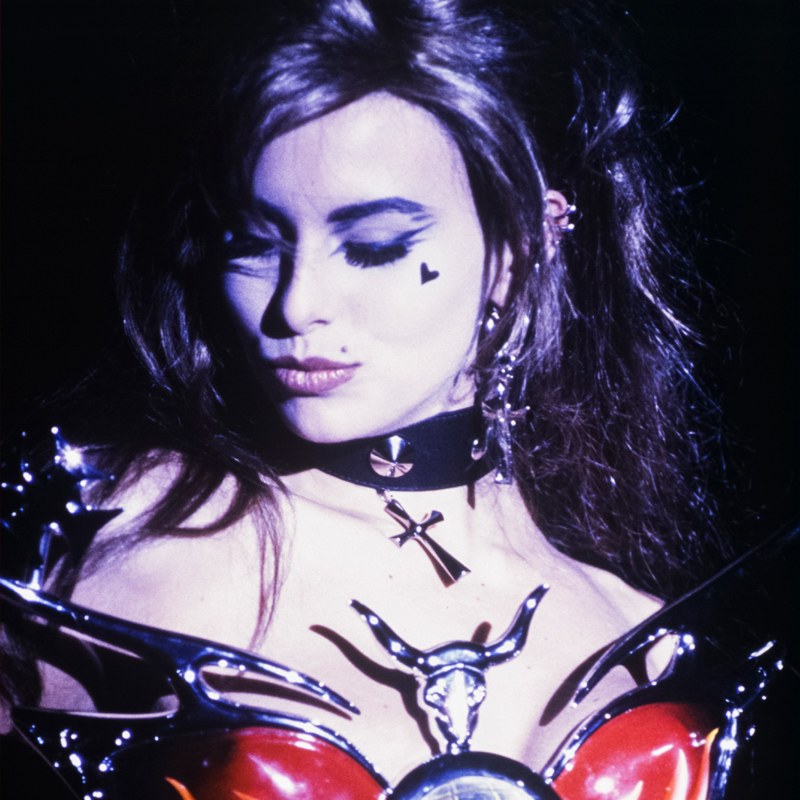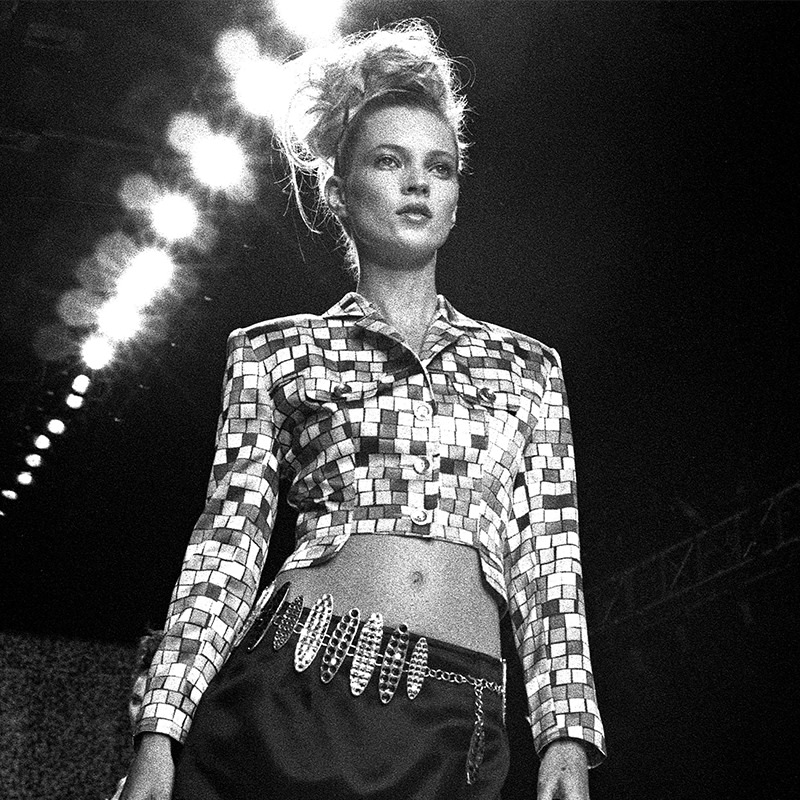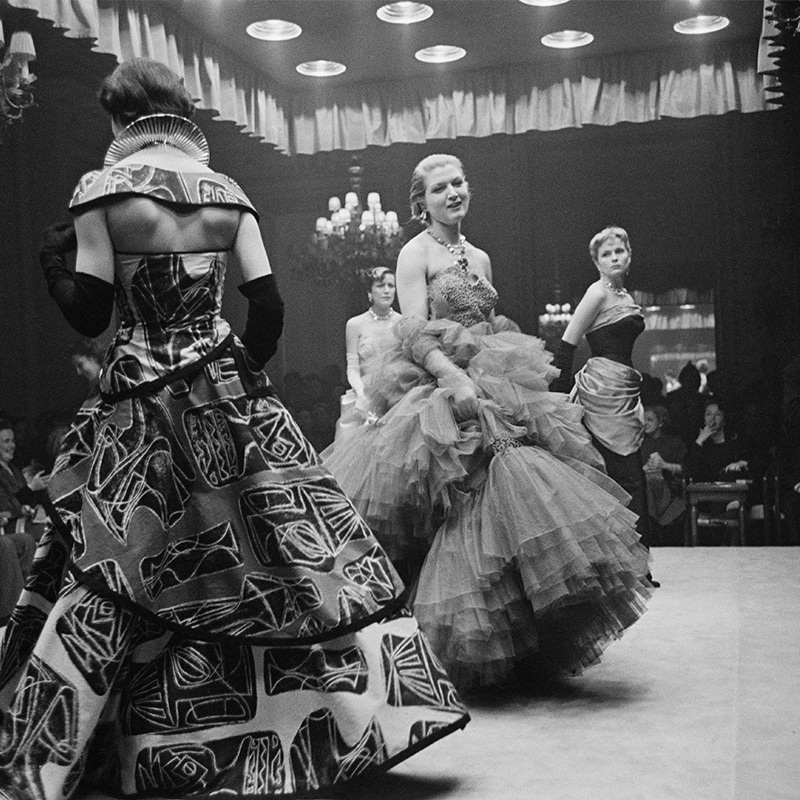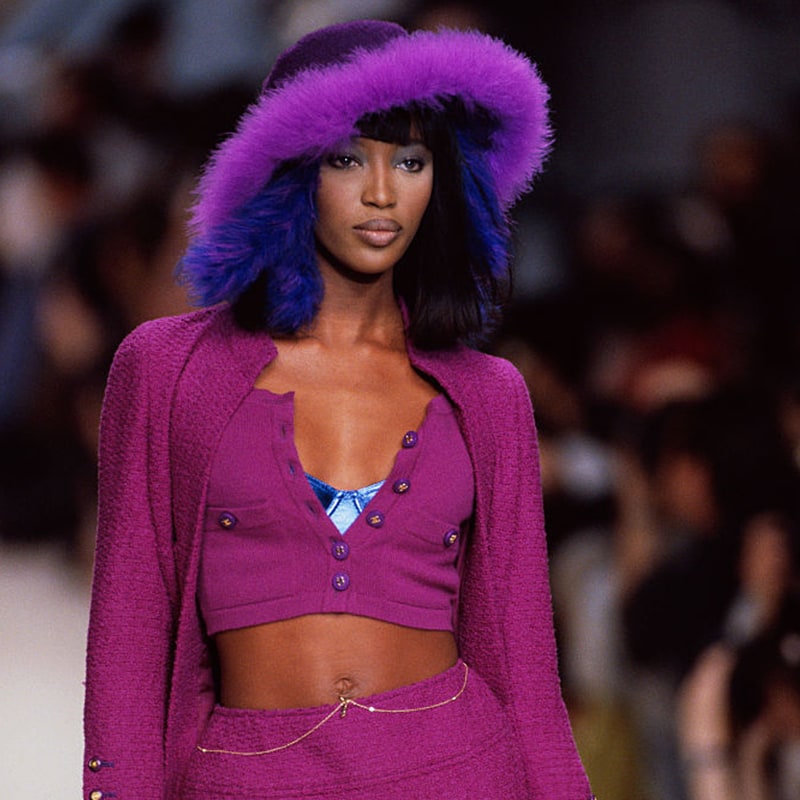The History of the Supermodel

“We don’t wake up for less than $10,000 a day,” Linda Evangelista famously said in 1990. With that oft-repeated quote, she not only managed to articulate the distinction between models and supermodels, but also capture the zeitgeist of the supermodel era in a single sentence.
She belongs to an exclusive group of supers who are so famous, they don’t even really need last names—despite having very ordinary first names. (Case in point: Kate, Naomi, Linda, Cindy, Christie, etc.)

But the supermodels as we know them today wouldn’t have existed without the rise of the model, sans super. The first one appeared sometime in the mid-1800s when Charles Frederick Worth—the world’s first couturier—eschewed mannequins in favor for real women to promote his designs. By the 1920s, modeling was seen as a viable career path: Women had the option to attend modeling schools or sign with an agency (the first one was opened by John Powers in 1923 in New York City).
Major, recognizable models didn’t really become a thing until the 1940s when photographer-model relationships started to bloom (in-demand photogs had the power to request their favorite models for a shoot). Swedish model Lisa Fonssagrives, one of the biggest names during the decade, was reportedly earning $40 an hour while others at the time were making $10 to $25 an hour. Another popular face was Dorian Leigh, who graced at least six covers of Vogue. And decades before Linda, Kate, or Naomi entered the game, Bettina was one of the earliest models to go by her first name. Hubert de Givenchy was reportedly so enamored by her that he named one of his best-selling tops after her, making her one of the first muses to have a fashion item in her name.


Described as “the most photographed woman in Britain,” Barbara Goalen is regarded to be the first holder of the supermodel title. With her striking features and wasp-waisted frame, she embodied the post-war “New Look” glamour that put fashion houses like Dior and Balenciaga on the map. And despite having only modeled for six years, her popularity was so immense, that her wedding ceremony in 1954 was mobbed by onlookers—the earliest recorded instance of how a model could also be a celebrity.

The line between model and celebrity continued to blur well into the ‘50s when willowy red-headed Suzy Parker—younger sister of Dorian Leigh—graced the industry with her presence, paving the way for supers to follow. She was the first model to make more than $100 an hour and $100,000 a year, and when Miss Parker posed in one of fashion’s first bikini shots, America noticed. Eventually, she got Hollywood’s attention and was cast to star in major movies and TV shows before she retired.

The ‘60s saw an onslaught of talent. There was Pattie Boyd, an inspiration to Twiggy. Jean Shrimpton was named “Model of the Year” on multiple counts. Donyale Luna became the world’s first black supermodel; when she was 20 years old, Time magazine named 1966 as “The Luna Year,” describing the model as “a new heavenly body who, because of her striking singularity, promises to remain on high for many a season.”
Evidently, it was also Twiggy’s year, having won over the industry with her pixie haircut and expressive doe eyes. She was crowned “The Face of 1966,” voted British Woman of the Year, and found immediate fame all over the world—so much so that she capitalized on it with the launch of Twiggy Tights, a collection of hosiery for women.

But it was Lauren Hutton, though, who pioneered the way to harnessing her mainstream popularity to ink an exclusive deal with Revlon in 1969—the first model business agreement of its kind. As more supers continued to emerge, so did the model-brand contracts. Margaux Hemingway, the granddaughter of Ernest Hemingway, was the first to sign a million-dollar deal with Fabergé as the face of its Babe perfume in 1975. Christie Brinkley became the face of CoverGirl—and continued to be its face for 25 years, the longest-running contract in model history. The most lucrative partnership went to Paulina Porizkova, who, in 1988 signed a $6 million deal with Estee Lauder for seven years. And in 1991, Christy Turlington famously brokered an agreement with Maybelline that earned her $800,000 for just 12 days of work.

It wasn’t just beauty brands. In 1983, Ines de la Fressange was the first model who had an exclusive contract with a fashion house, Chanel. And in 1989, Claudia Schiffer became the face of Guess, which gave her mainstream recognition. “In order to become a supermodel one must be on all the covers all over the world at the same time so that people can recognize the girls,” she once said. And she followed what she preached: Having graced more than 1,000 covers over the span of her career, Schiffer is listed in the Guinness Book of World Records as the model with the most magazine covers.

And those who met Schiffer’s supermodel standards include Iman, an icon who was discovered in 1975; Elle “The Body” Macpherson, who was featured in every issue of Elle for six years in a row (and later launched her own lingerie line); and Tyra Banks, who became an inspiration to aspiring models everywhere.
But the most powerful supers in modern history, the ones who defined the ‘80s and ‘90s and shaped —and continue to shape—the industry with their beauty and influence were the “Trinity:” Naomi Campbell, Christy Turlington, and Linda Evangelista. The original trio grew to include Kate Moss, Cindy Crawford, and Claudia Schiffer, and altogether, the “Big Six” are regarded today as icons in every sense of the word.


Evangelista’s short haircut, coined “The Linda,” sparked copycats. Moss’ waif-like silhouette ushered in the heroin-chic look that defined the ‘90s. And Crawford’s girl-next-door aesthetic was so in demand, she fronted nearly every campaign imaginable, from Calvin Klein to Pepsi.
Their influence is still felt, but the late ‘90s and early aughts brought a desire for models who radiated health, agility, and strength. And then along came Gisele Bündchen who spearheaded that supermodel glow. “At the time the models were all edgy, with the look like drug addicts, and no one was interested in Gisele. And then eight months later everyone wanted Gisele,” recalled Patrick Demarchelier, who met the Brazilian model in 1997.

Bündchen’s look and energy set the tone for all the modern-day supers of today, like Karlie Kloss, Cara Delevingne, Emily Ratajkowski, Kendall Jenner, and Gigi and Bella Hadid, who have all not only graced every prestigious runway in fashion, but have wielded their influence to effect change in some way (Kloss’ Kode With Klossy, Delevingne’s advocacy for the LGBTQ rights, Ratajkowski being vocal about feminism, and so on).

“Every era has its own generation of women that really embody the times we are in,” Karen Elson once said to CR. As for the next supermodel, there’s no telling who that might be—she probably has yet to be discovered.



